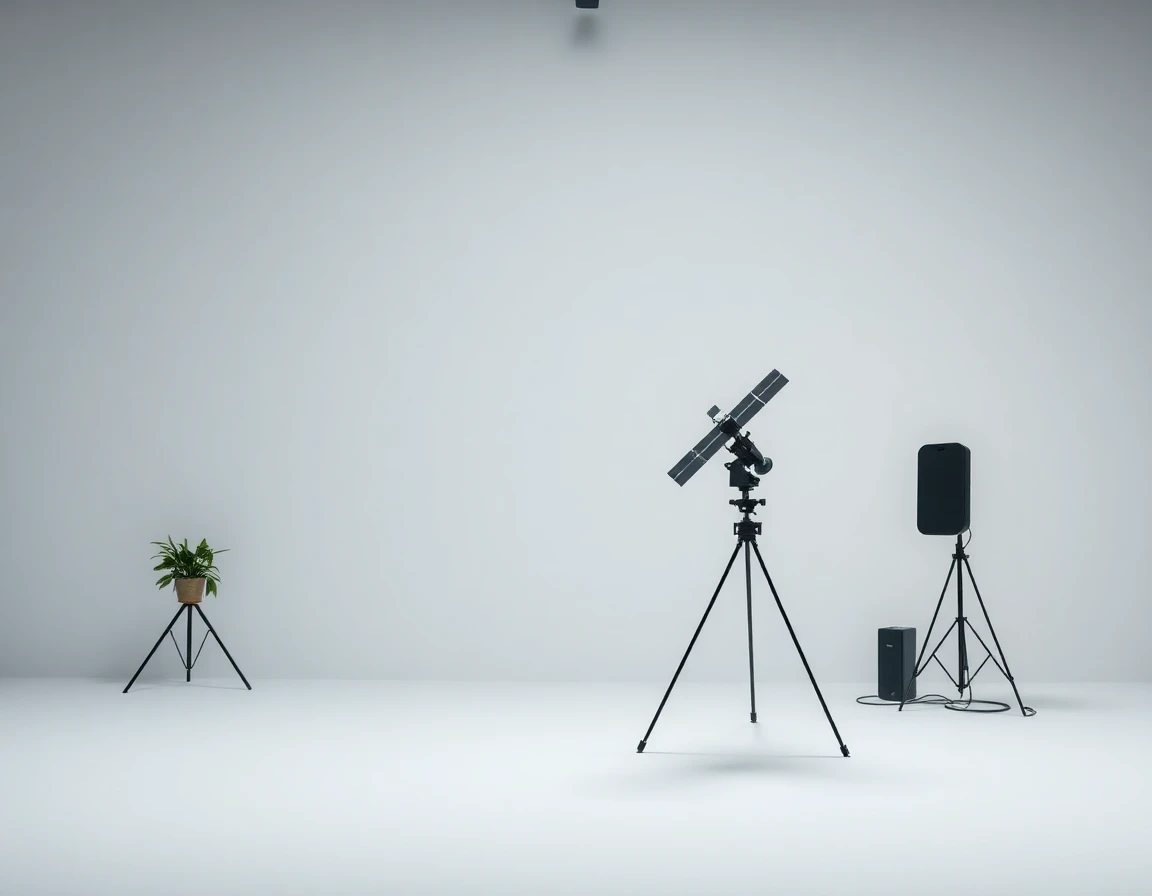China’s Ambitious Plans for Rocket Reusability
As space exploration continues to gain momentum, China is set to embark on a groundbreaking journey by initiating attempts to land and reuse its rockets. This move is expected to significantly alter the landscape of satellite deployment and bolster the nation’s capabilities in space technology.
The Shift Towards Reusability
Historically, rocket reusability has been championed by companies like SpaceX, which has set a precedent for lowering costs and increasing launch frequency. China’s entry into this domain signifies its commitment to advancing its space program and reducing the economic burden associated with traditional launch methods. According to industry expert Dr. Li Wei, a space technology analyst at the China Academy of Launch Vehicle Technology, “The ability to reuse rockets not only cuts costs but also accelerates the pace of launching satellites, which is crucial for our national interests.”
Technical Challenges and Innovations
The technical challenges of landing rockets involve precise control and navigation during descent. High-precision inertial navigation systems will play a pivotal role in ensuring the accurate guidance of rockets as they approach landing zones. These systems utilize advanced fiber optic sensing technology that offers exceptional stability and precision, vital for the complex maneuvers required during rocket recovery operations.
Moreover, integrating advanced sensor modules with three-axis gyroscopes and accelerometers can enhance the overall dynamics of rocket performance. These advanced sensor modules provide comprehensive motion sensing capabilities that are essential for monitoring and controlling rocket dynamics during landing, addressing one of the critical challenges of reusability.
Impacts on Satellite Launching
The implications of successful rocket reusability are far-reaching. China currently ranks third in the number of satellite launches, trailing behind the United States and Russia. By adopting reusable rocket technologies, China aims to increase the frequency of its satellite deployments, which will be vital for its burgeoning satellite communication and Earth observation sectors.
“China’s ability to launch more satellites at a lower cost could lead to enhanced global communication networks and improved data collection for environmental monitoring,” says Dr. Zhang Ming, an aerospace engineer at the Beijing Institute of Technology.
Future Developments and Industry Context
With the Chinese government heavily investing in its space program, the future looks promising. Plans for a new generation of reusable rockets are already in the pipeline, which could not only advance the country’s satellite capabilities but also position China as a formidable competitor in the global space race.
The focus on sustainability in space operations is also becoming a priority. As countries look to mitigate space debris, reusable rockets offer a potential solution to reduce the number of discarded rocket stages in orbit. Industry observers believe that this could lead to new regulations and practices focused on sustainability in outer space.
Conclusion
As China embarks on its quest to master rocket reusability, the satellite launch industry stands on the brink of transformation. With advancements in precision technologies and an emphasis on operational efficiency, the prospect of more frequent and cost-effective satellite deployments may soon become a reality. The global aerospace community will undoubtedly watch closely as China takes significant steps towards redefining its role in space exploration.
In summary, the integration of high-precision inertial navigation systems and advanced sensor modules could be game-changers in the success of China’s reusable rocket initiatives, paving the way for a new era in satellite technology and beyond.



